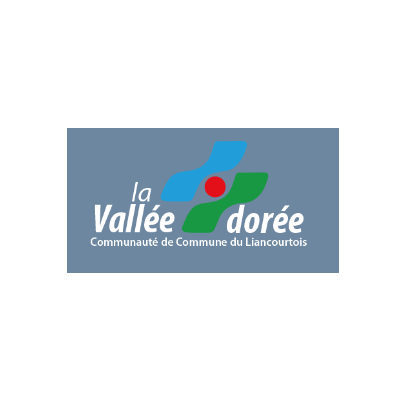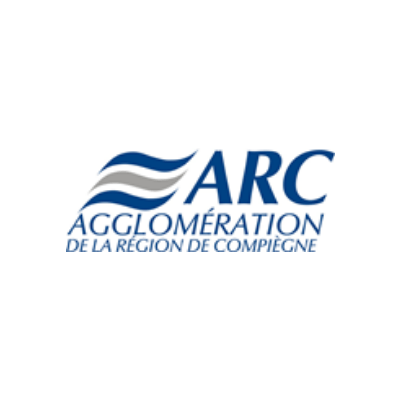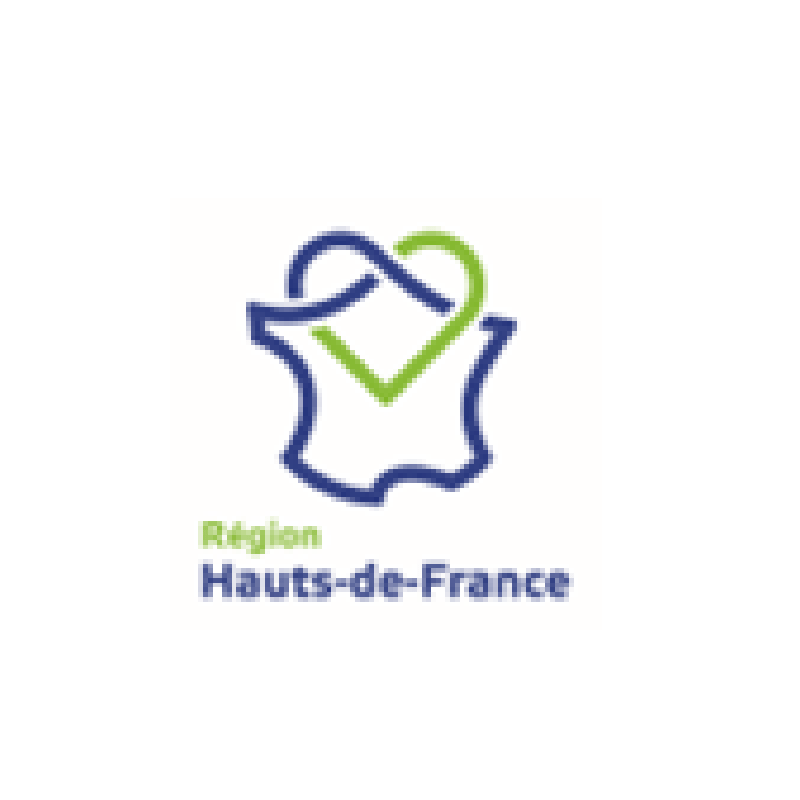The valleys of the Oise
Flooding is the main major natural risk to which the valleys of the Oise are exposed. Whether through overflowing waterways, rainwater runoff or rising water tables, these risks will cause more and more damage and will affect more and more people as climate change progresses.
Several floods have occurred since the beginning of the 20th century. The most significant were the 1993 floods, which impacted 21,000 people, caused 5 deaths, forced the evacuation of 5,500 and induced damage costing more than one billion euros.
Considered as a structuring axis of the territory, the Oise valley is a major asset where cities, economic and industrial activity zones, and a large part of the structuring networks have developed (road, rail and river). This historical development results in a concentration of human and socio-economic issues in the major bed of the Oise, whose potentially floodable nature constitutes a factor of vulnerability for the territory and its functioning.
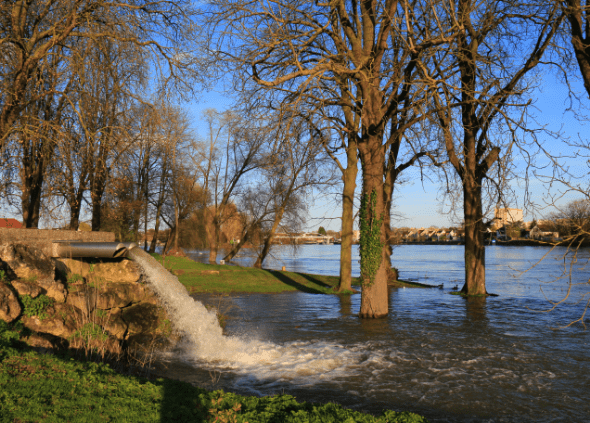
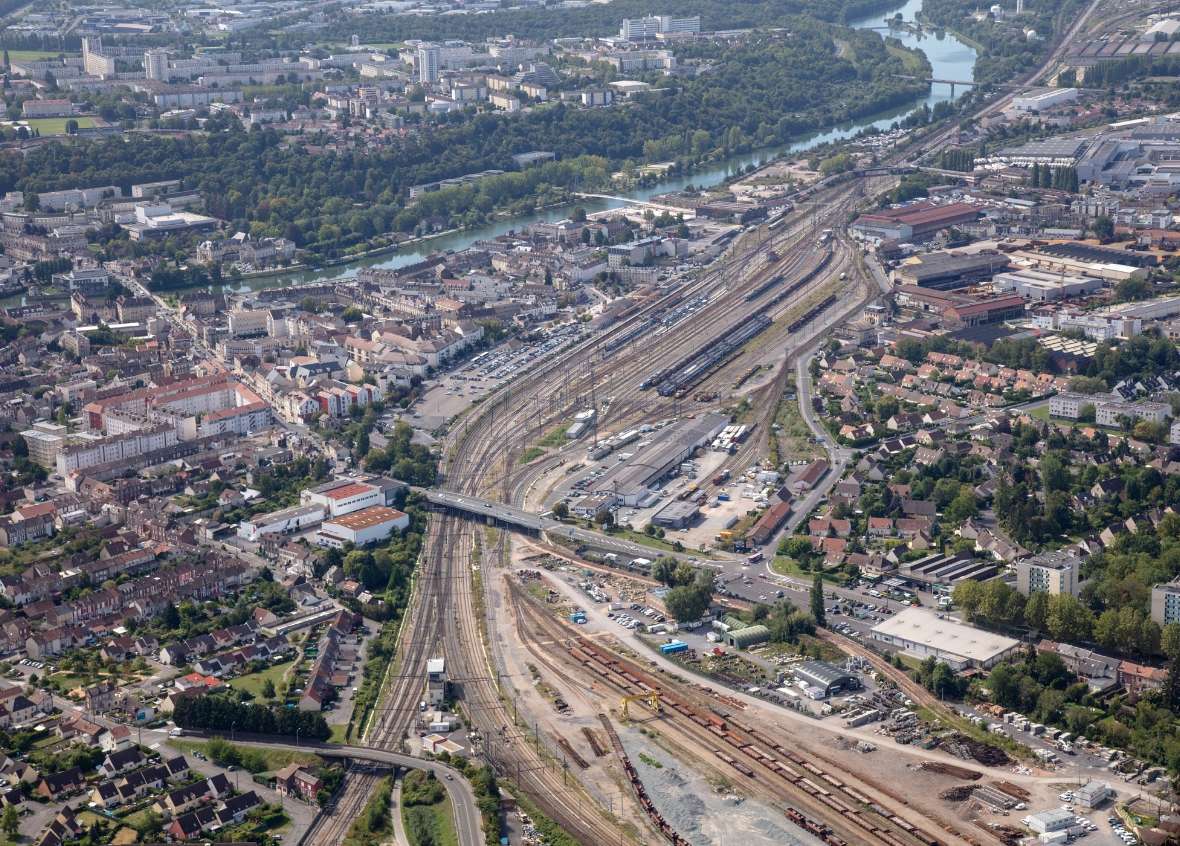
In a context of climate change generating increasingly frequent and violent hazards, Coupled with growing development needs, the vulnerability of territories is becoming a major and cross-cutting issue for all development policies. In the Oise and Aisne catchment areas, new models of a 100-year flood have produced potential damage that could amount to 2 billion euros.
Indeed, beyond the material consequences on the goods exposed, a major flood would be the cause of a global and lasting crisis which could extend over a period of several weeks for the event itself, and several months for post-crisis management and damage repair. The daily life of a large part of the population, the operation of economic activities and public services, etc. would indeed be deeply disrupted by malfunctions, or even the total shutdown of networks (electricity, water, communication) and urban services ( transport, waste management, health, etc.), with repercussions beyond the flooded areas. Many structuring facilities, contributing to the functioning of agglomerations, are in fact located near rivers and rivers, relying on the waterway for the development of their activities. Beyond these impacts on major facilities, it is also the organization of all public services (health, education, administration), financial services and flows, telecommunications, etc. that would suffer very significant disruptions.
Challenges
Knowledge of the risk of flooding in the Oise valleys has made great progress in recent years, both in terms of the hazards and the issues exposed. This knowledge relates on the one hand to the hazards and the conditions of their occurrence, and on the other hand to the issues exposed.
Similarly, the vulnerability of buildings, infrastructures and operating networks is an increasingly apprehensible element. On the other hand, it is noted that beyond the understanding of the phenomena of risks and their impacts, knowledge of the fragilities linked to the vulnerability of people, and the direct and indirect consequences which result from them, remain elements that are poorly apprehended by the local actors.
The "disadvantaged" and socially vulnerable populations suffer more severely from the consequences of the risks because they are more often exposed to them (little protected living spaces), they are very little or not at all informed of the risks and are therefore less prepared to deal with them. face.
Objectives
Through its participation in the BRIC project, OLV intends to consolidate its knowledge in terms of understanding the issues related to people's vulnerability and thus initiate a process to promote their resilience. To do this, it has set itself three main objectives:
1. Realization of a portrait of the territory of vulnerable populations and understanding of aggravating phenomena
2. Formation of a "resilience" network formed by local, national and European actors and implementation of actions to raise awareness and acculturate populations
3. Definition of an action plan aimed at sustaining the networks formed and the awareness-raising solutions put in place
Pilot site activities
- Identify the aggravating factors of the risks suffered by vulnerable populations
- Form a resilience network made up of local actors and project stakeholders
- Implement awareness-raising and acculturation actions for vulnerable people
- Establish an action plan aimed at sustaining the solutions and networks put in place

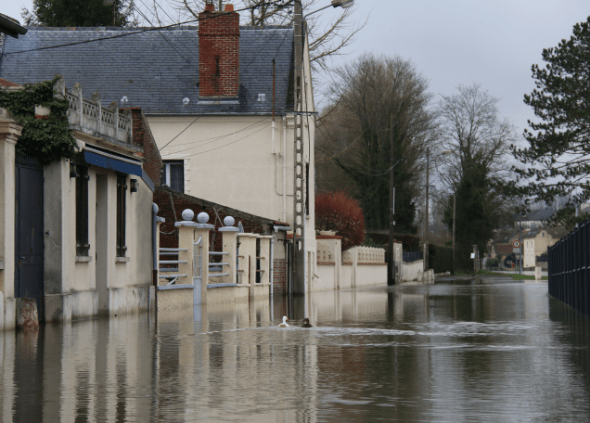
Main outputs:
- Mapping of the territory of vulnerable populations
- Summary report of the approach, the methodology used and the aggravating factors
- Resilience network of local, national and European actors
- Training and awareness workshops
- Action plan for the sustainability of the solutions put in place
For more details on our activities and ongoing actions in this pilot site, please visit our Interreg-BRIC web platform bric-network page :
Collaborators


